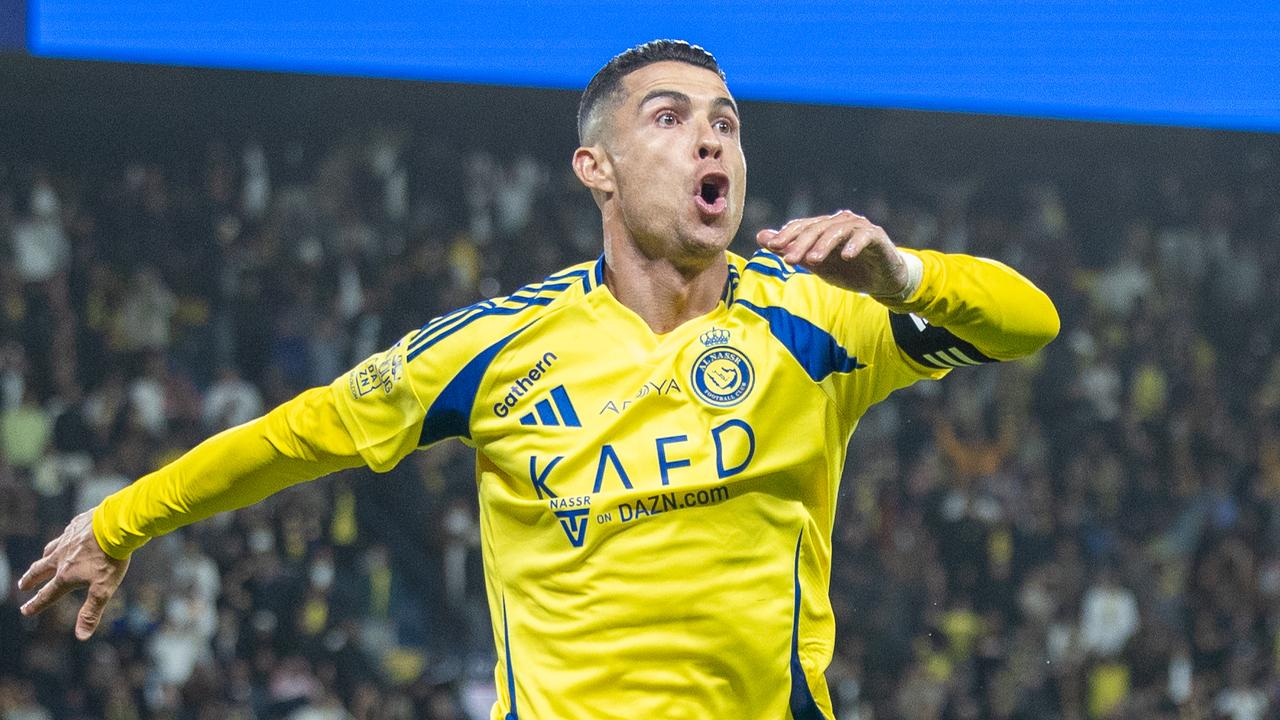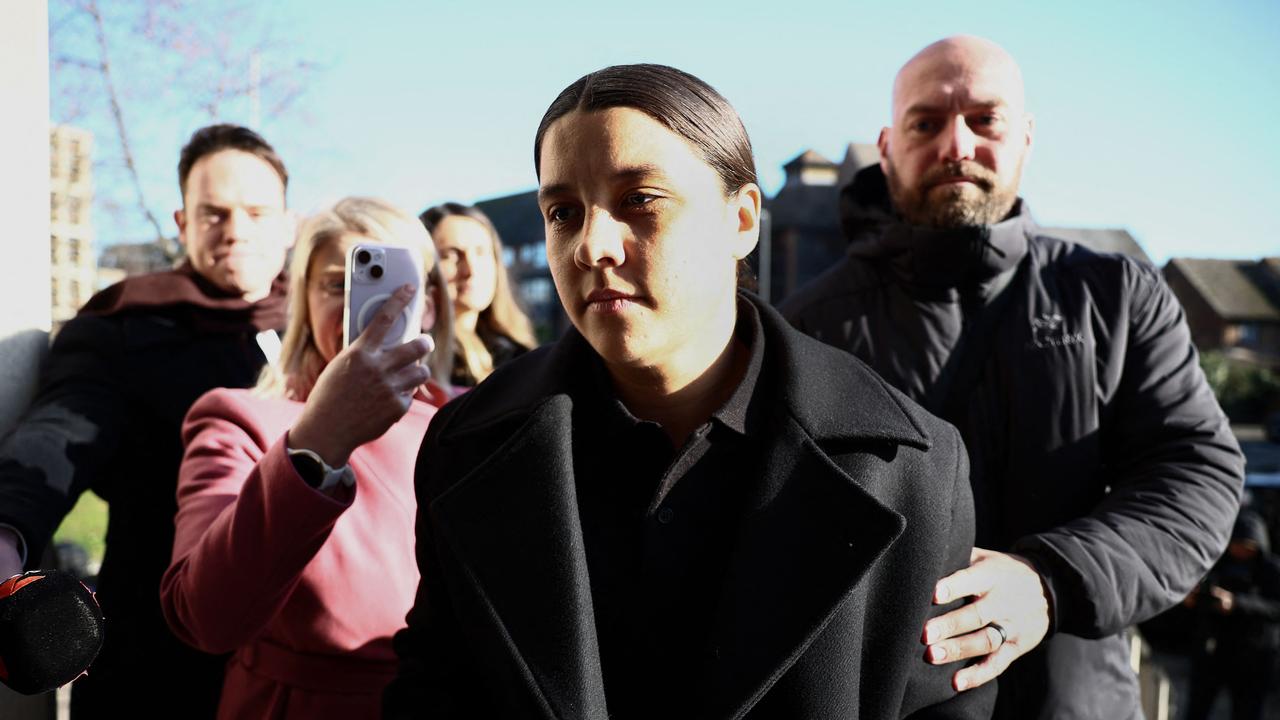Asian Cup 2015: Socceroos benefit from extensive preparation as Kuwait opener looms
THE fans see the friendly matches and the two-week training camp. But in truth the Socceroos Asian Cup preparations truly began in Brazil six months ago.
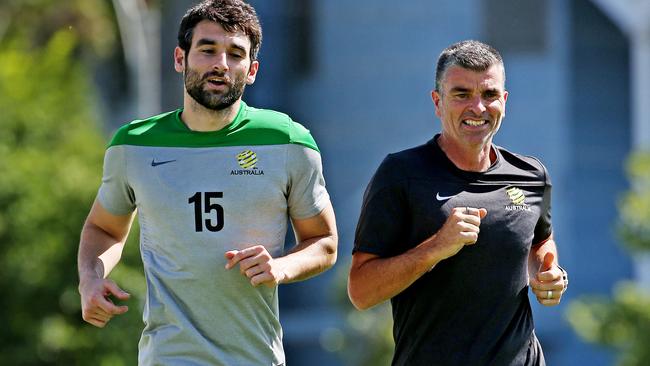
Football
Don't miss out on the headlines from Football. Followed categories will be added to My News.
THE fans see the friendly matches and the two-week training camp.
But in truth the Socceroos Asian Cup preparations truly began in Brazil six months ago.
It’s extensive and includes scouting, sport science and physiotherapy, training and recovery, analysis and a look into the future.
Matt Windley talks with football analyst Pete Cklamovski and strength and conditioning coach Craig Duncan ahead of the tournament, which kicks off on Friday.
SCOUTING
Football Federation Australia scouts were at each of the Asian team’s World Cup matches in a process that continued right through 2014.
Friendlies involving each of the Socceroos Asian Cup group opponents — Kuwait, Oman and South Korea — were scouted, while every match of November’s Gulf Cup of Nations in Saudi Arabia was also attended.
Socceroos football analyst Pete Cklamovski, coach Ange Postecoglou’s right-hand man at Melbourne Victory and now with the national team, said you get more out of being in the stands rather than just watching film.
“We got really good intel on all of the countries,” Cklamovski said.
“Coming in to the Asian Cup I don’t think we’ve left a stone unturned in terms of our preparation.”
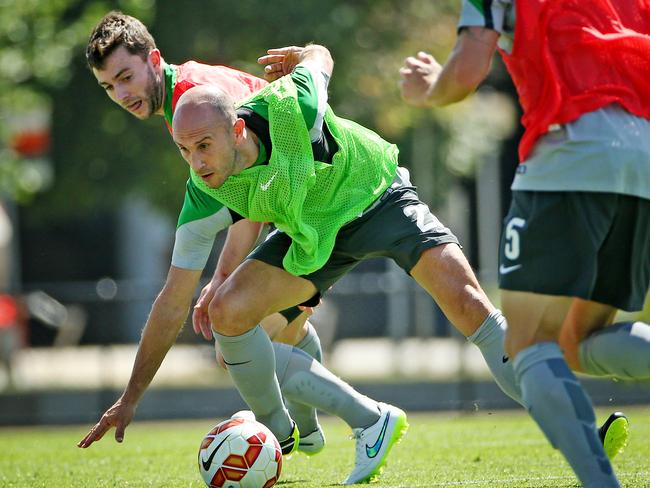
SPORT SCIENCE AND PHYSIOTHERAPY
National team physiotherapist Les Gelis clocks up just about more miles than anyone.
He spent extra time in the Middle East with Mark Bresciano, visited the Euro-based players after the European friendlies and also spent time with striker Josh Kennedy, who didn’t make the final squad, in Japan.
Gelis is also constantly on the phone to those in need.
On the sports science side of things, preparations really started to ramp up around the team’s last friendly game of 2014, against Japan in November.
While in Osaka, and from that time on, 50 players were monitored daily by FFA football conditioner Dr Craig Duncan, who last year won Exercise and Sport Science Australia’s ‘Sport Scientist of the Year’ award.
The process is simple, he said.
While back in club land, players would log in to an app every day where they would answer questions pertaining to their sleep patterns, health and general wellbeing.
Not one player skipped a day.
Duncan would receive daily reports, but also instant notifications if a player’s data fell outside any pre-set acceptable levels.
“Then it’s just a simple email to see how they’re going,” Duncan said.
In camp, the focus narrows down to the selected 23, but the process remains the same.
Duncan and his staff wake at 6am and the players have a window from 6.30am where they come and report.
Each player has a sleep monitor — “so we know how they’ve slept before they do,” Duncan said — but then it’s about focusing on the little variables that can actually make a difference to a player’s ability to train and play at his optimum level.
“For me, sleep is very important,” Duncan said.
“We do some analysis of saliva as well looking at a couple of data points there, looking at their immune function and some hormone levels as well.
“And just overall their perception is always very important, how they are coping. So we always combine the objective with the subjective to put it together and see how they’re going.”
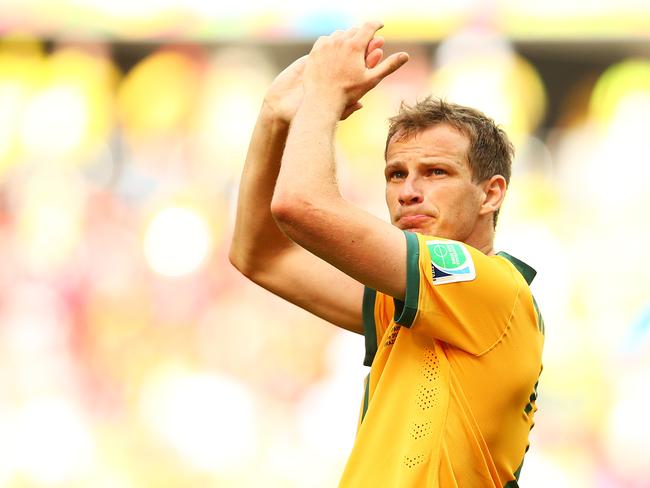
TRAINING AND RECOVERY
After a pre-training session in the gym, the boys are out on to the track.
“Ange has got a certain way of playing and it’s evolving,” Cklamovski said.
“And the exciting part is getting out on the field and watching it evolve in training.”
All the while Duncan and his crew are monitoring things on the live GPS tracker — how far and how hard players are running — information which also funnels in to a post-training report.
But there has been no mini pre-season, no boot camp-style approach to the team’s seven days in Melbourne thus far.
In fact, Duncan said, “more damage than success can come during this period if you want to push them too hard”.
Players’ training loads need to be managed individually.
Captain Mile Jedinak, for example, played 540 minutes across six December games for English Premier League club Crystal Palace and needs to pull back.
“But Alex Wilkinson finished with Jeonbuk in Korea (on November 30), so we gave him a six to seven day break and then he did a two-week program that we wrote for him,” Duncan said.
“And in actual fact he’s come in in better shape than he was when he came to us in Japan. And overall, every player I had in Japan, since they’ve been monitored they’ve all come back in here in much better condition.
“They weren’t in bad condition, but they’ve come in better.”
Most players would get massage and treatment on most days, while all players have ice baths after every session.
At 6pm each night in camp Duncan meets with the medical staff, before he and Gelis have another meeting with the coaching staff.
“And nothing is looked at from a team perspective,” he said.
“We go through every player as an individual.”
The ultimate goal was to have everyone at a certain level by Saturday so that for the next week they are ready to get in to matchday mode ahead of the Kuwait clash.
A big plus is, now that Trent Sainsbury appears to be over his hamstring strain, there are no major injury concerns.
Additionally, most players are playing week-in, week-out with their clubs.
Collectively, Cklamovski said, the players have come in to camp in better shape than they did prior to the World Cup, where Australia was still rated as one of the fittest teams according to FIFA data.
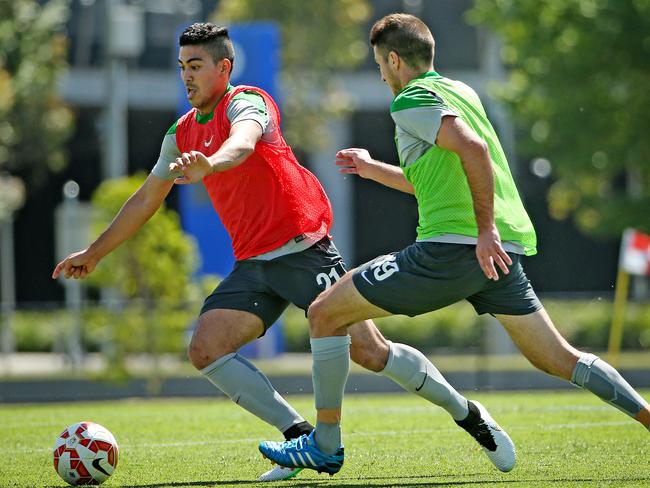
ANALYSIS
Cklamovski said most players have their own iPads and/or laptops to use for going over data, if not there are FFA-owned ones for communal use.
Leading up to New Year’s all players had access to attacking and defensive footage from each of the team’s Asian Cup group opponents.
Now, he said, the “switch has been flicked” and the only data they can see relates to Kuwait.
“And it is on their own time,” Cklamovski said.
“We don’t force it down their throat, but it’s available to them. Everyone’s a different beast as well, so some are all over it and some just tap in to it a little bit.
“And that’s our job, to fine tune how to get the best out of them. There’s no doubt in my mind they’ll be ready come game one.”
Team meetings and team video sessions aren’t every day just yet.
“We have a strategy around that,” Cklamovski said.
But while all the focus from here on in is about Kuwait, information is provided to the players in a way that means things don’t fall away after Friday night’s game at AAMI Park.
“That’s why everything we do is about us,” he said.
“We give full respect to every opponent that we play against. And every opponent will provide us with different challenges, but also opportunities.
“So when we have a clear platform to build from, which is all about us, you just sprinkle the magic and adjust it to our opponent. The next game that we play is the most important.”
THE FUTURE
The process will keep going too.
FFA’s team of scouts will be at every other Asian Cup game this month just in case the Socceroos draw any of those teams in the first round of 2018 World Cup qualifiers, which kick off in June.
But first things first is winning the Asian Cup, starting with Kuwait on Friday.
“From a staff point of view we’re looking at the bigger picture,” Cklamovski said.
“But for the players it’s all about honing in on Kuwait, they’re the first obstacle. Then once we overcome them we’ll look at Oman and onwards from there.”
Originally published as Asian Cup 2015: Socceroos benefit from extensive preparation as Kuwait opener looms

